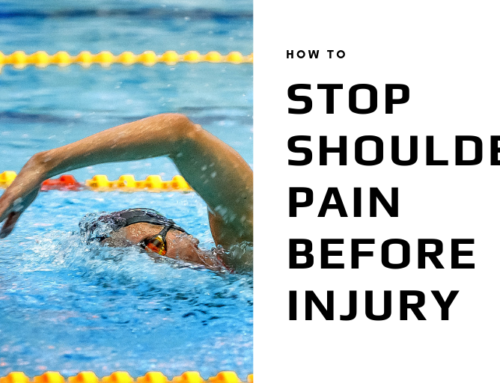When scientific information doesn’t seem useful to coaches or swimmers, they may turn instead to information that is readily accessible, explained in familiar terminology, and which has demonstrated applicability. That information can encourage them to model the fastest swimmers and the most successful teams. For example, the “noticeable” (i.e. obvious) mechanics of an Olympic champion are often modeled. The weakness of this approach is that the characteristic technique elements of a champion are not always effective.
For wholesale adoption of an individual’s traits, a performance must be so outstanding that it’s the equivalent of “teaching a pig to fly” (Brewer, 1976). For example, in a 50 m race a swimmer would have to beat the field by several body lengths to meet this oft used “statistical” standard. Since this race is usually determined by a small fraction of a body length, even the fastest Olympians can’t be classified as “flying pigs.” The danger in modeling a champion who is less than a flying pig, is that his or her success may be due to an attribute such as size, strength, or pain tolerance – and not technique.
Fortunately for swimmers and coaches alike, science can – and does- reliably determine the relative impact of specific factors on performance. It’s time to apply proven, science-based information — and time to forget about those flying pigs!





